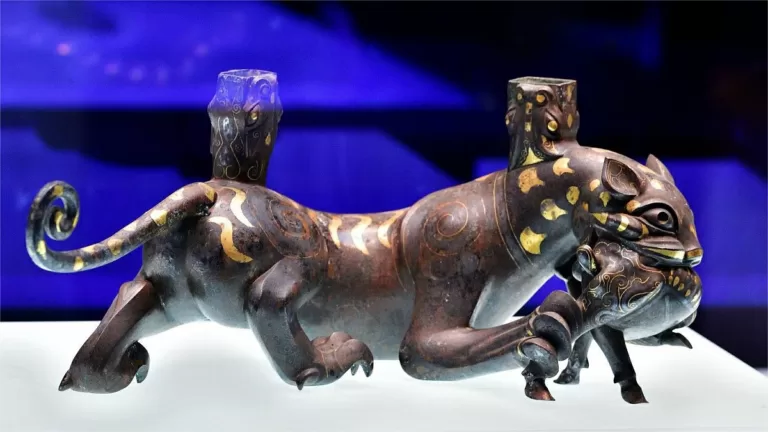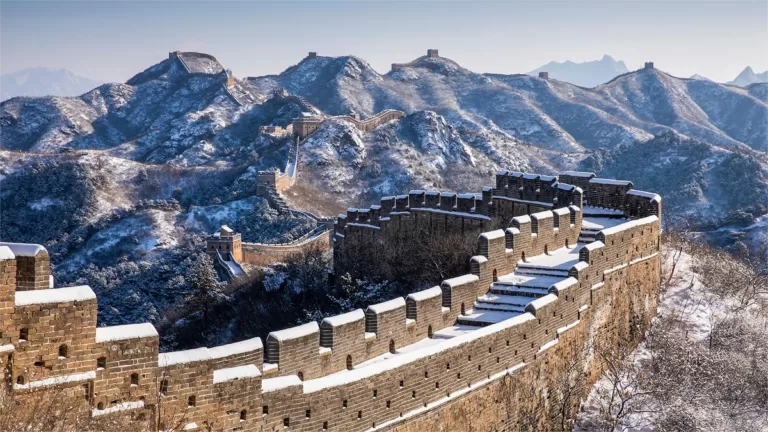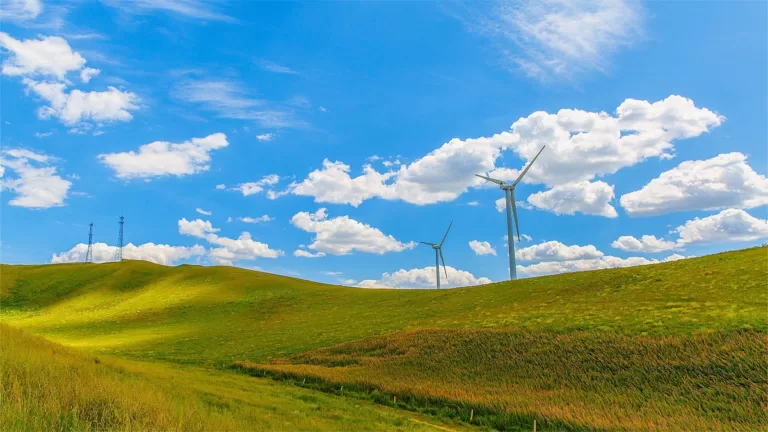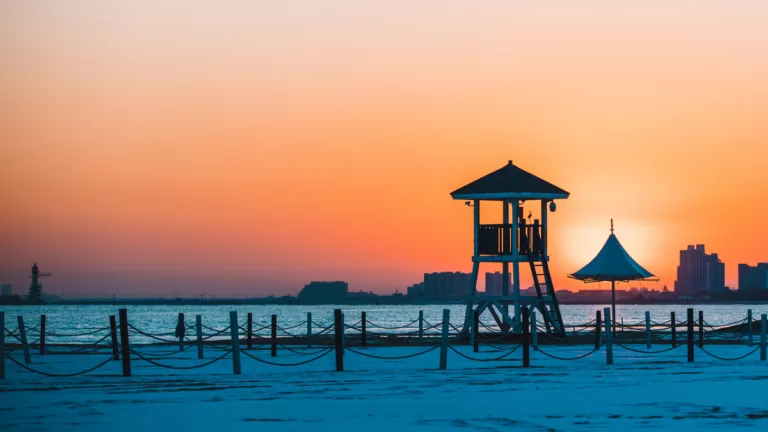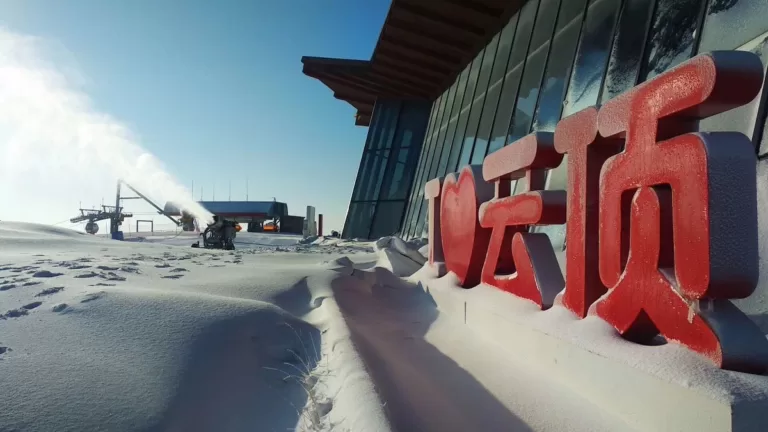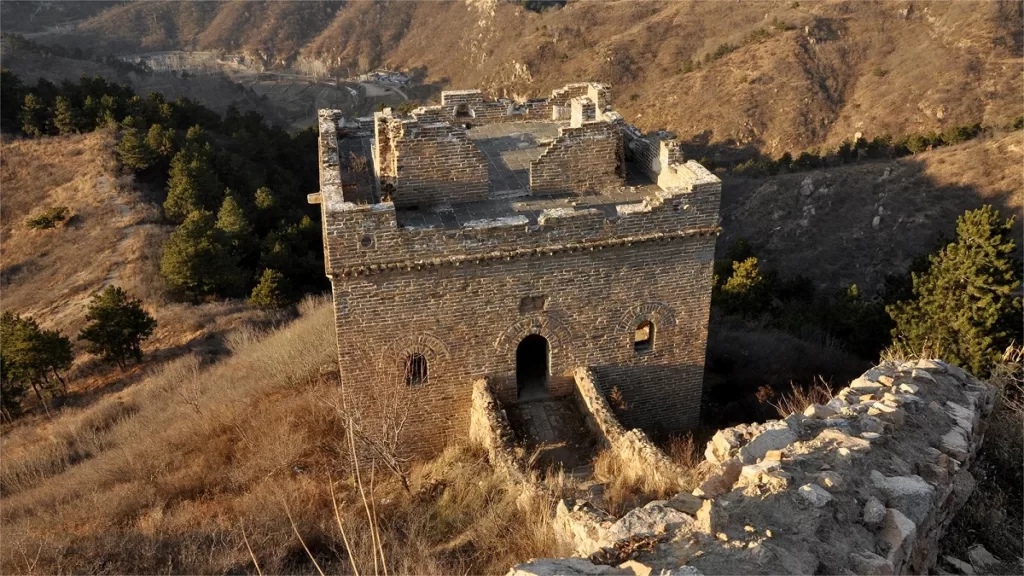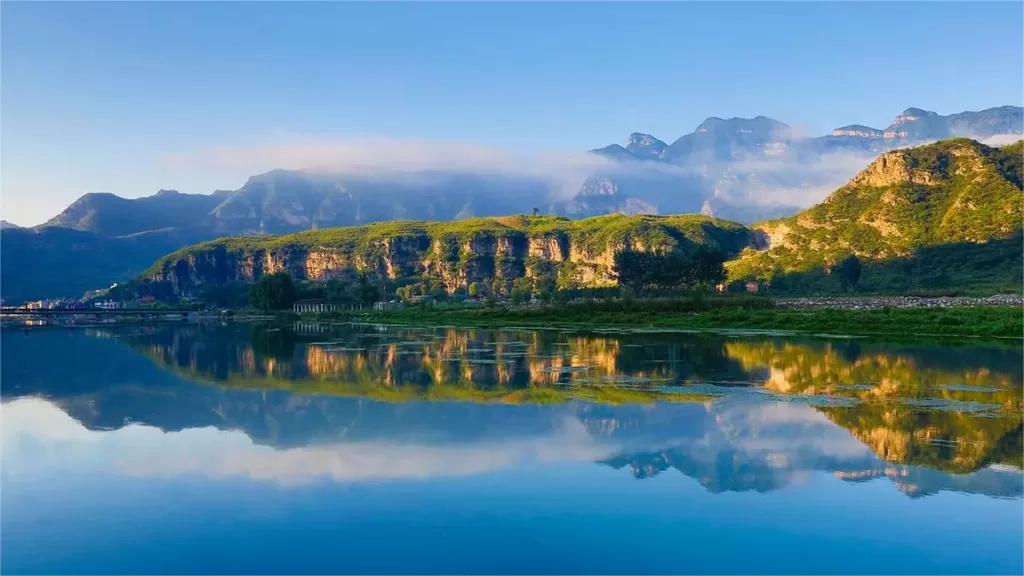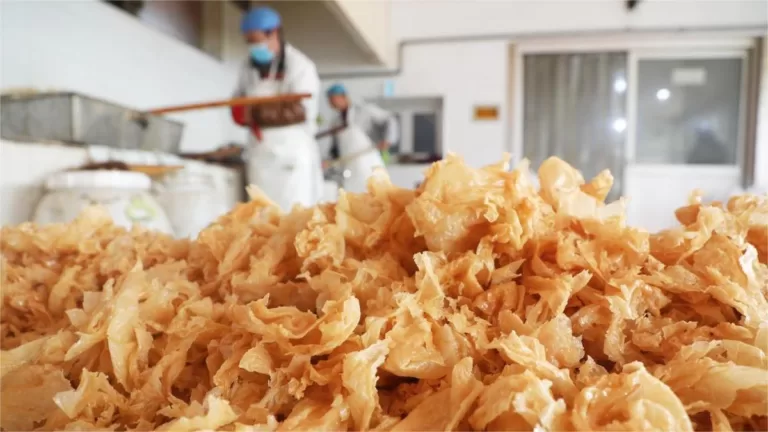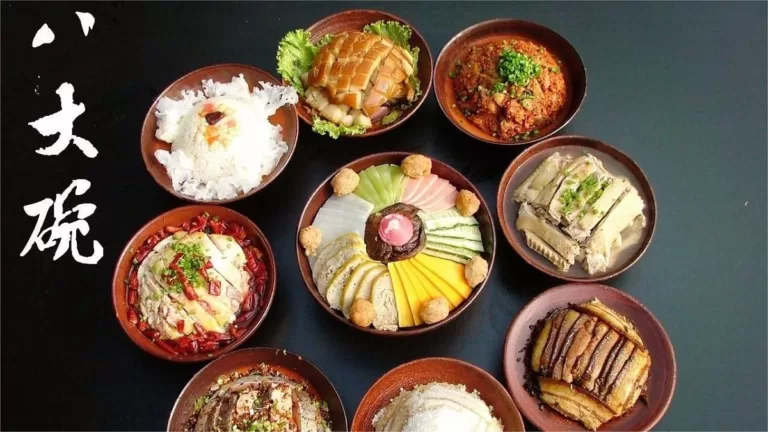
Hebei Province, situated in the heart of the North China Plain along the northern banks of the Yellow River, earns its name from its geographical positioning – “He” meaning river, and “Bei” denoting north. Bounded by the Yanshan Mountains to the north, the Taihang Mountains to the west, the vast plains to the east, and bordering Beijing and Tianjin to the south, Hebei Province serves as a pivotal gateway between the capital city and the rest of the country.
This province envelops Beijing and Tianjin, historically serving as a vital area surrounding the imperial capital. Hebei boasts a diverse landscape, comprising plateaus, mountains, hills, plains, lakes, and a coastline stretching 487 kilometers along the Bohai Sea. Rich in tourism resources, it hosts seven national key scenic spots, five national historical and cultural cities, six provincial historical and cultural cities, and numerous cultural heritage sites. Cities like Cangzhou and Wuqiao are renowned as the birthplaces of Chinese martial arts and acrobatics, respectively.
Most Popular Hebei Attractions
Tourist Attractions with Different Themes
Tourist Attractions in Hebei Cities
Detailed Hebei Itineraries
Best Time to Visit Hebei
The best time to visit Hebei Province in China largely depends on your preferences for weather and the experiences you seek. Spring (April to June) is a popular choice, as the temperatures are mild, flowers are in bloom, and the scenery is picturesque. This is an excellent time for outdoor activities and cultural exploration.
Alternatively, early autumn (September to October) is another favored period, with pleasant temperatures, clear skies, and colorful foliage, making it ideal for sightseeing and hiking along the Great Wall.
However, it’s crucial to avoid the peak of summer (July and August) due to scorching heat, and the winter months (December to February) can be bitterly cold, particularly in the northern regions.

